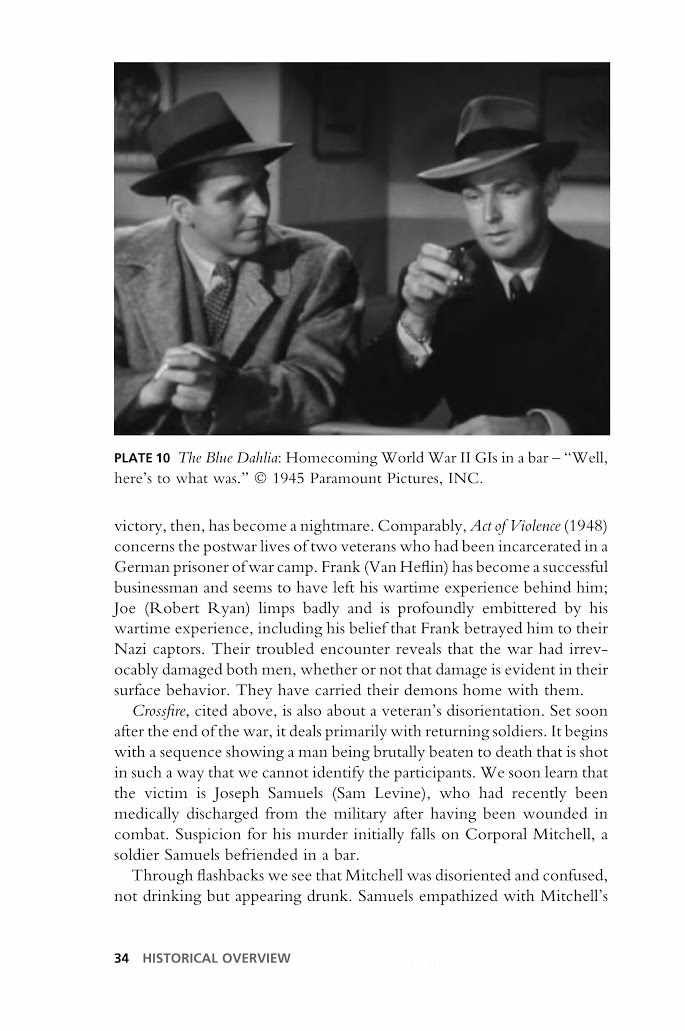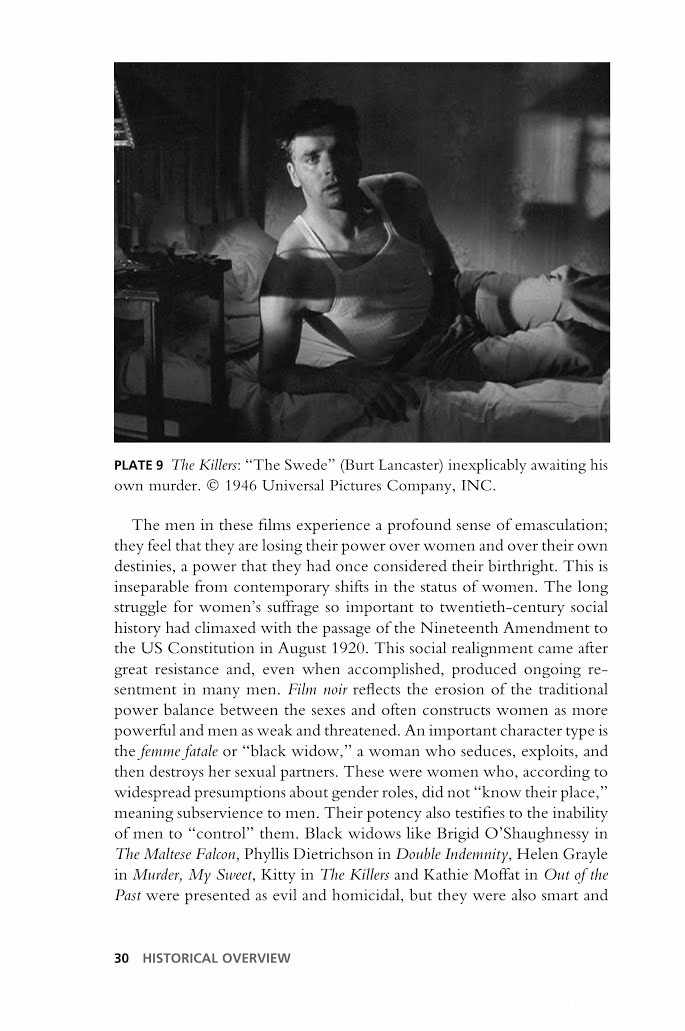Film Noir: William Luhr PDF
Recently published book — Film Noir by William Luhr is an part of Wiley-Blackwell’s New Approaches to Film Genre series. This series strives to provide fresh and insightful overviews of established film genres (so far, there have been individual books on the western, horror film, historical film, religious film, war film, fantasy film, multi-protagonist film and romantic comedy; forthcoming in May is Barry Keith Grant’s overview of the Hollywood film musical). The series is primarily aimed towards students and teachers of film studies and related disciplines, but it has plenty to offer to „average“ film buffs, too.
About
Film noir» refers to a particular cinematic style: a way of lighting, of positioning and moving the camera, the use of an introspective, voice-over narration, reliance on flashbacks that drive the narrative, and a choice of settings: usually a seedy, urban landscape, a world gone wrong.
Film noir emerged out of a nexus of American sociopolitical crises, including the Great Depression, World War II, and the Cold War. It presented the underbelly of the traditionally optimistic and utopian “American Dream” and drew upon numerous cultural influences, such as German Expressionism, American hard-boiled fiction, French Poetic Realism of the 1930s, tabloid journalism, Italian neorealism and American postwar documentary filmmaking.
The formative discourse about film noir appeared in journals such as L’Ecran Francais and Revue du cinema in post–World War II Paris. No new American films had arrived in France during the Nazi occupation; and when, in spring 1946, wartime Hollywood movies became available, critics identified a new and darker quality in them that they termed “film noir.”
About
The first book on the subject, Raymond Borde and Etienne Chaumeton’s Panorama du film noir americain 1941–1953, was published in Paris in 1955. English language discourse on it did not emerge until the 1970s, after the genre had lost its commercial viability: but simultaneously, cinema studies was growing and becoming institutionalized in journals, film clubs, and universities. At this time, film noir held a special appeal for young critics in light of the fact that their elders had dismissed many of the films on their original release; the younger generation tried to overturn these categorizations and embraced film noir in an enthusiastic exercise of rediscovery and of rewriting film history.
Early articles in English and American journals sought to define the form. In the 1980s book-length studies appeared and have continued unabated; they range from general surveys to those using newly developing, cross-disciplinary methodologies. These analytical tools include formal, structural, and po ststructural approaches as well as feminist, gay, lesbian, bisexual and transgendered methodologies. There were also masculinity, psychoanalytic, spectatorship, and genre studies as well as approaches linking film noir with American literary and social history, particularly of the Cold War era.
Here you can see only part of the artbook for your reference, but you can download it in full size and excellent quality
Download Film Nоir PDFfull size |
 |





